
Our vision:
A safe and healthy Kitsap County for all.
Septic System Connection Permit Instructions
Data Dashboards

Creating a Healthy Home
Most of us spend more time at home than anywhere else. Our homes can have a big effect on our physical and mental wellbeing. Click the buttons below to learn different ways to help your home stay safe and healthy.

Rodents and Other Pests
Health effects: Pests can carry diseases that can make humans sick, as well as cause allergic reactions.
Prevention tips:
-
Keep your living and cooking areas clean. Rodents are more likely to be in homes that have food crumbs, scraps, and spills on their floors and counters.
-
If rats or other rodents are already in your home, make sure that all of your food is stored in pest-proof containers.
-
Keep crawl spaces, vents, cracks, and spaces under doors sealed.
-
If you have birdfeeders, store birdseed in rodent-proof containers. Clean up any birdseed that has spilled onto the ground.
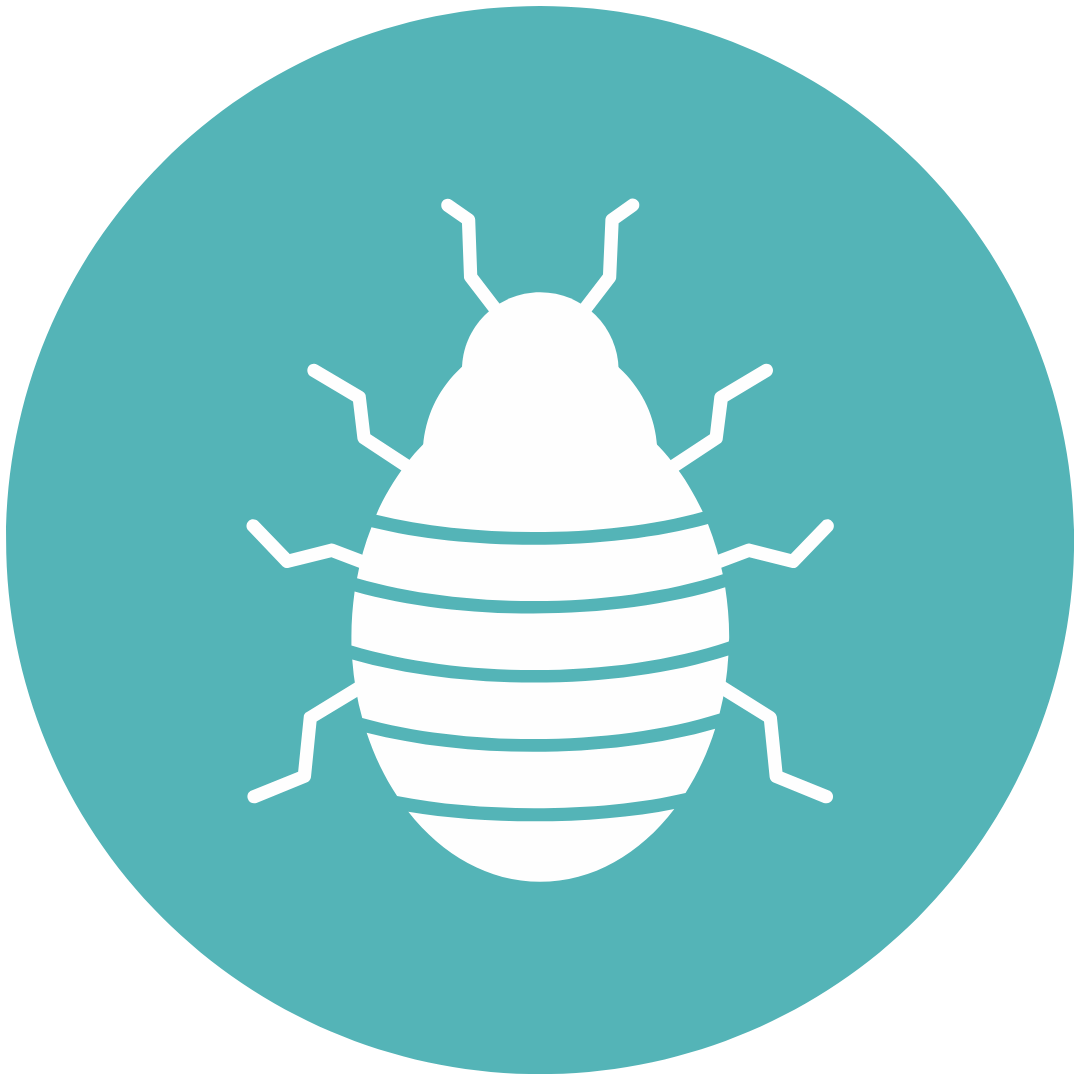
Bedbugs
Health effects: Bedbugs in your home can cause allergic reactions to bites (like itchiness). Bedbugs are frustrating and can cause stress, but they are not known to carry diseases that make humans sick.
Prevention:
-
When traveling, inspect sheets and mattresses for signs of bedbugs (reddish stains, bedbug feces or eggs). Do not stay in a room if you think it has bedbugs.
-
Inspect secondhand furniture for bedbugs before bringing it into your home.
-
If there are bedbugs in your home, tumble-dry all clothes and bedding on the "high" setting to kill bedbugs. Vacuum carpets and rugs to capture any stray bedbugs.
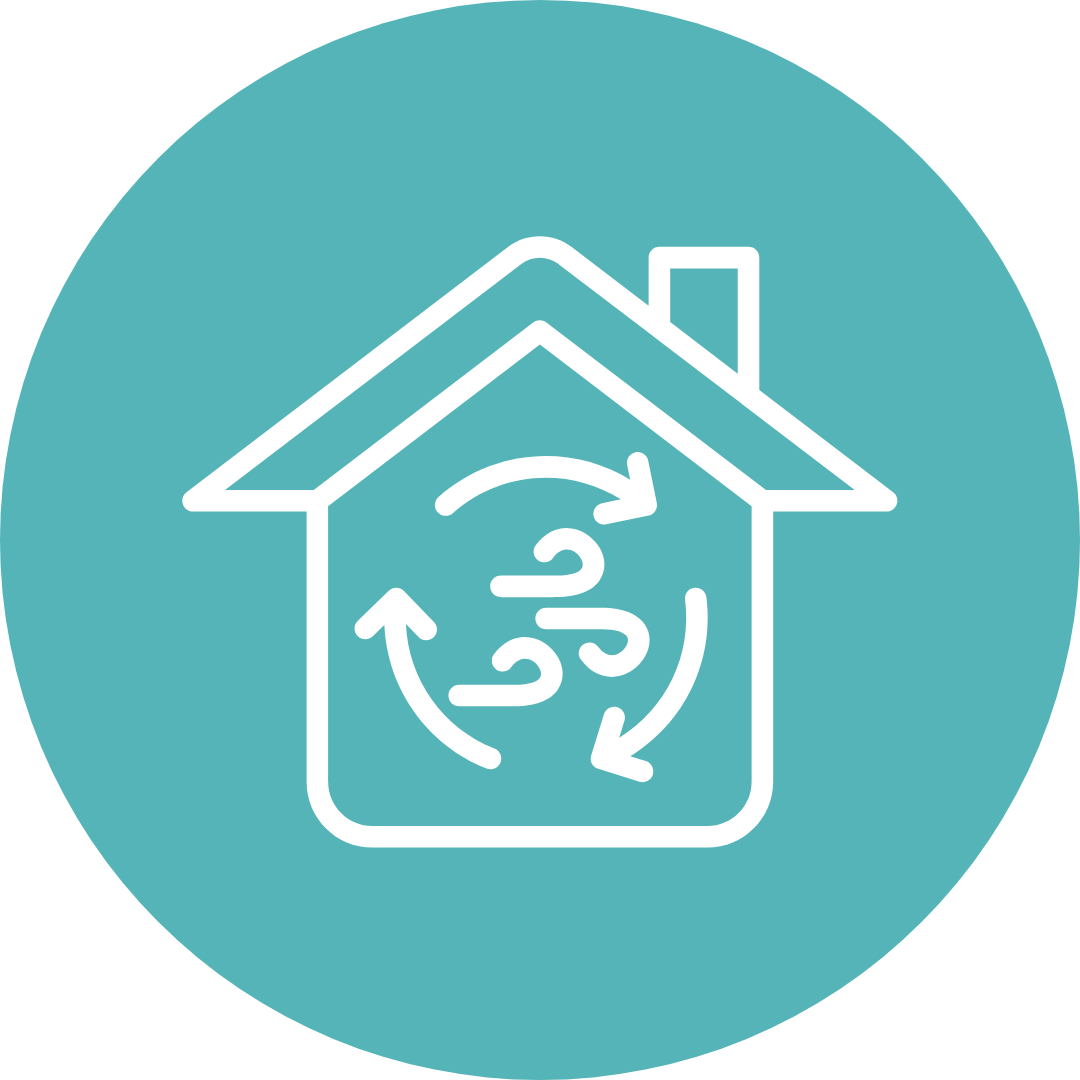
Indoor Air Quality
Health effects: Poor indoor air quality impacts everyone, especially children, older adults, and people with health problems like asthma or heart disease.
Prevention:
-
Improve air circulation by opening windows (when the weather permits) and turning on ceiling fans.
-
Use HEPA filters to filter out bad air quality.
-
Choose gentler, less toxic, and unscented cleaning products.
-
Avoid storing chemicals (paints, fuels, etc.) in your home, or store them in the smallest possible amount and in sealed containers.

Smoke and Carbon Monoxide
Health effects: Smoke, fire, and carbon monoxide can be deadly household hazards.
Prevention:
-
Install at least one smoke detector on each level of your home, as well as in every bedroom. Install at least one carbon monoxide detector on each level of your home.
-
Regularly test smoke and carbon monoxide detectors to ensure that they are working properly.
-
Have fire extinguishers and know how to use them.
-
Have an escape plan.
-
Regularly clean your chimney/flue to prevent the buildup of flammable residues.
-
Do not use barbeques or gas ovens to heat your home.
Working with a certified installer
If you are working with a certified installer to make your connection, they will pull your septic permit and take care of Health District requirements.
Making the connection yourself
Step 1: Apply for a connection permit
Submit a permit application to the Health District. You can do this by:
Applying online. Have a credit or debit card ready (Mastercard or Visa only).
Drop it off at our office. We are located at 345 6th Street, Suite 300, Bremerton, WA 98337. You can pay by check, cash, or credit/debit (Mastercard or Visa only).
Mail it to our office with a check.
You can find our permit fees here.
Step 2: Make your connection
Once the permit has been purchased, you can make the connection.
Remember:
Use approved materials only and follow the approved site plan in your building clearance. You can find a copy of your Building Clearance online.
If your connection requires a pump basin or a pump tank, use only basins or tanks approved by Washington State Department of Health.
If you have questions or make any changes during the connection process, call us at 360-728-2235.
Step 3: Request an inspection
After the connection is made - but before you cover the connection - notify the Health District that it is ready for inspection.
If your connection is different than what is in your Building Clearance site plan, please provide a copy of your approved site plan that is marked up to show what the current connection looks like.
This marked up site plan is called a red-line drawing. You can attach it to your permit inspection request or leave it on site for the inspector.
If the connection was made exactly as proposed on your approved Building Clearance you do not need a red-line drawing.
An inspector will visit your site within two business days to inspect the installation.
Leave your connection uncovered until the Health District completes your inspection.
You do not need to be present during the inspection, but the area must be accessible to the inspector.
Your inspector will let you know when they have completed the inspection so you can backfill your connection.
Step 4: Provide a record of construction
If your connection did not include the addition of any other septic components, use this Record of Construction for Connection Only form.
If your connection required a pump basin, or a pump tank, use this Record of Construction for Basin Only form.
If your connection required the addition of a septic tank, use this Record of Construction for Tank/Component Only form.
Fill out the appropriate form and submit it to the Health District at ossdw@kitsappublichealth.org. If your inspector has any questions about your Record of Construction, they will contact you.
Questions? Call us at 360-728-2235


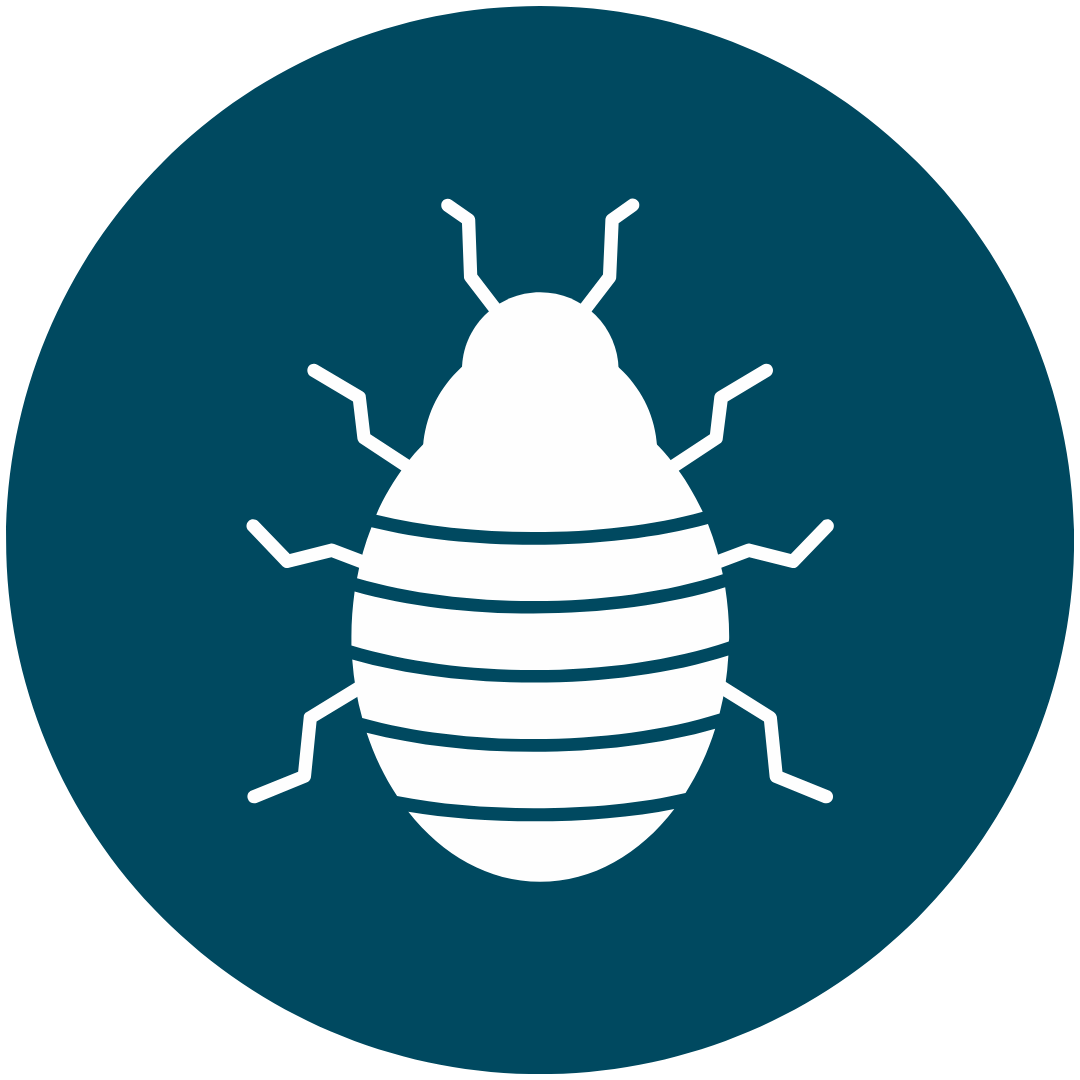




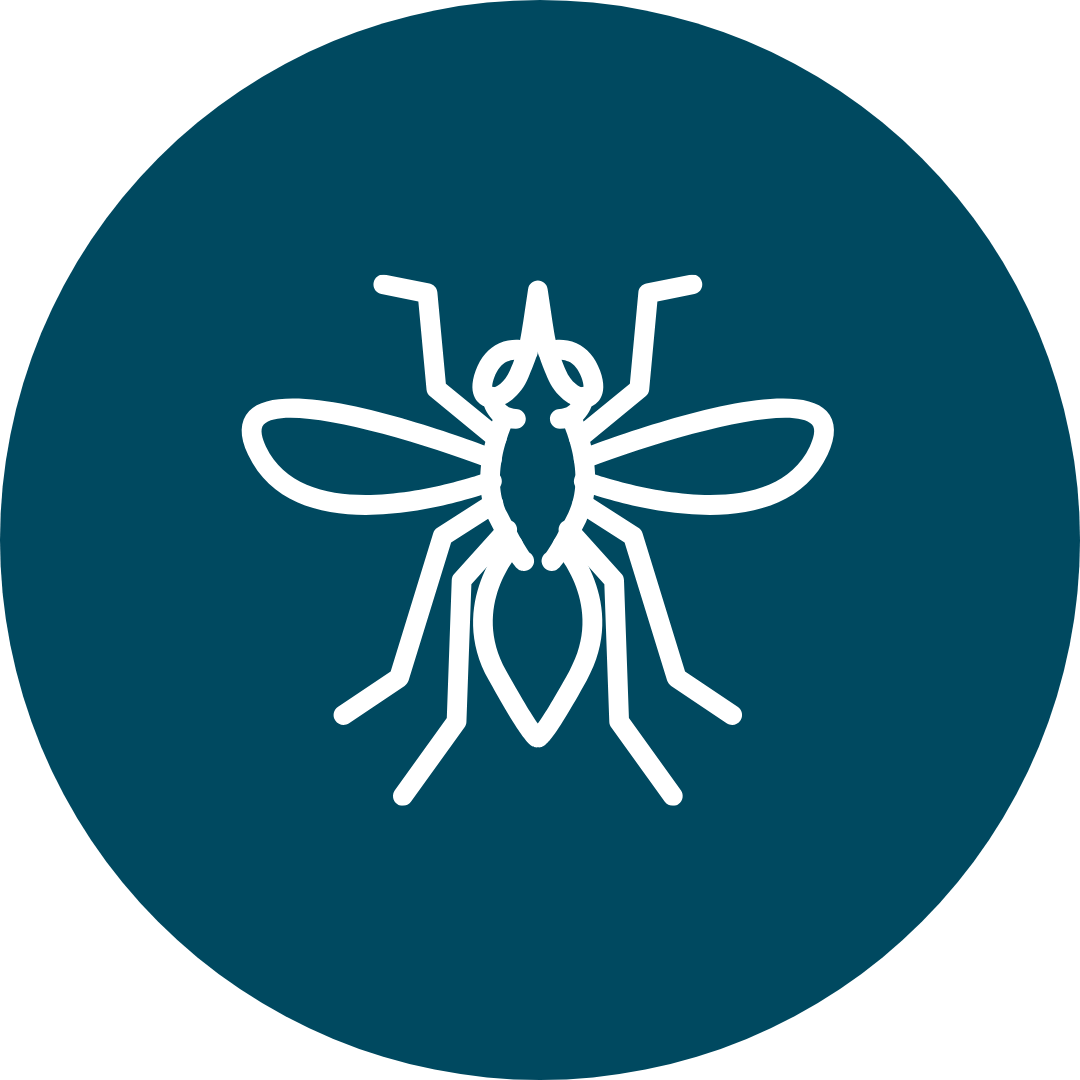

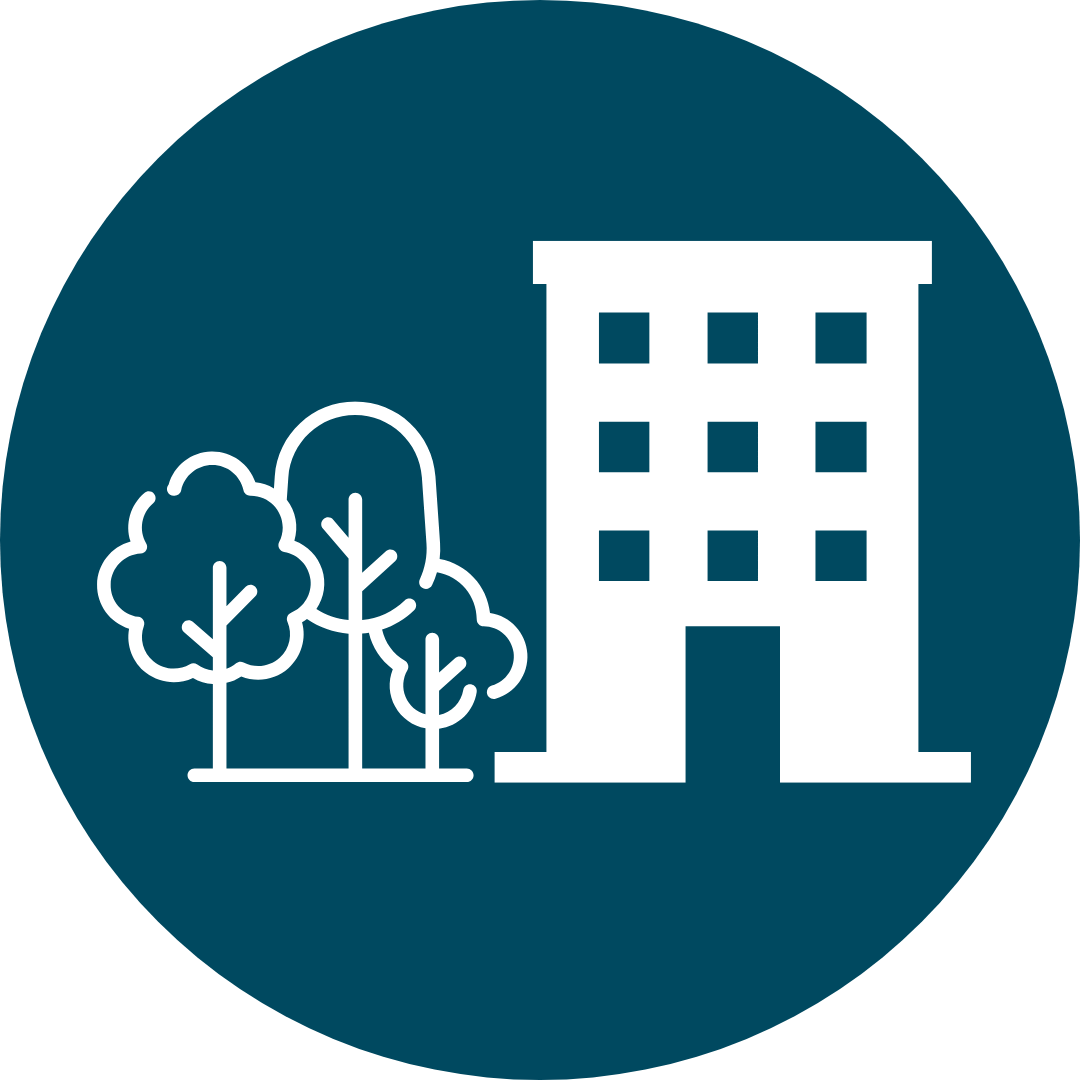

.png)
